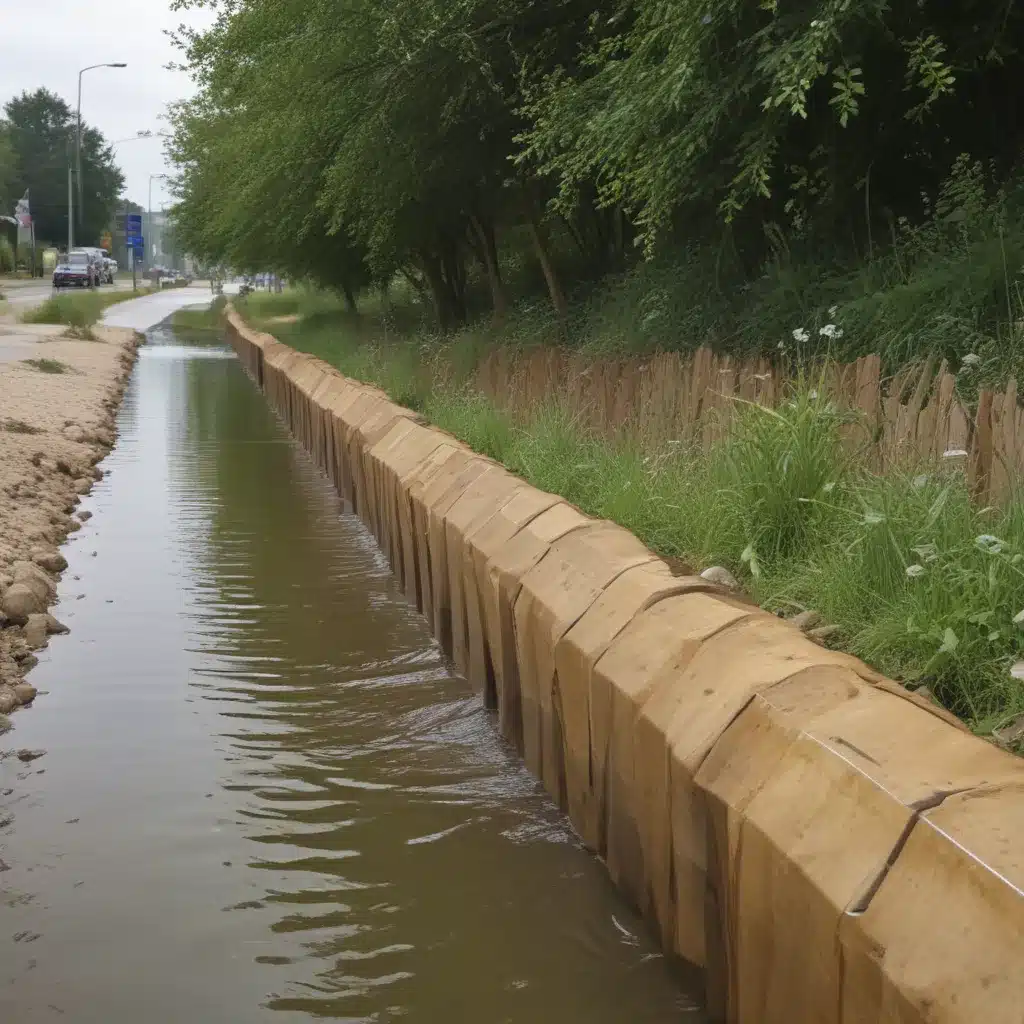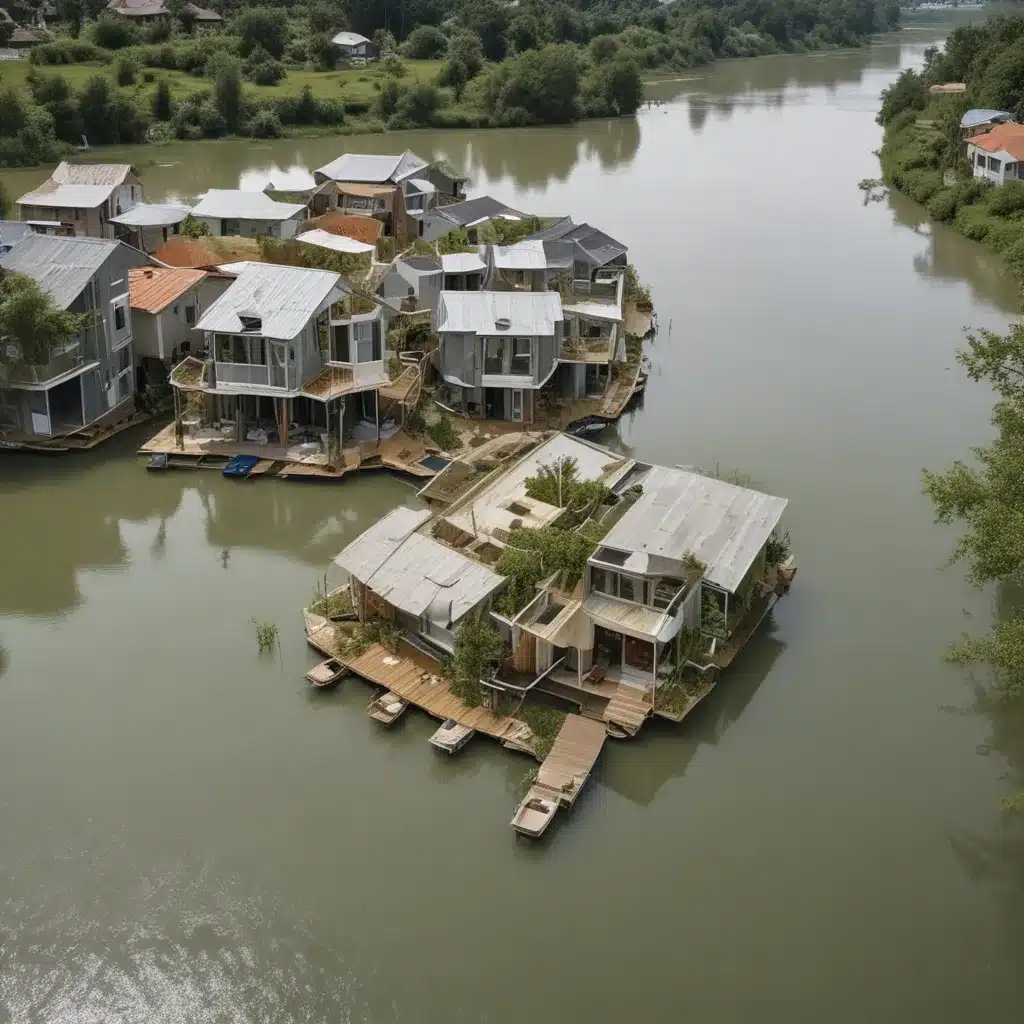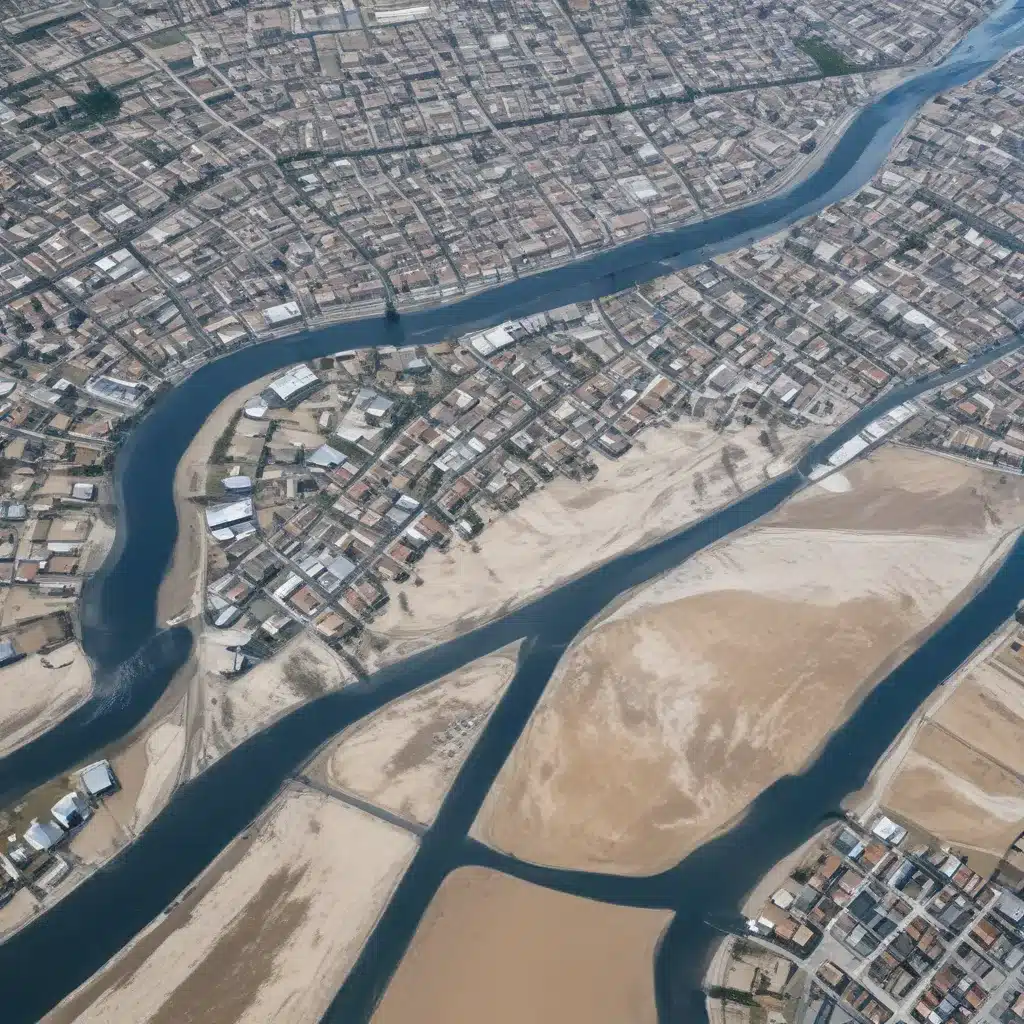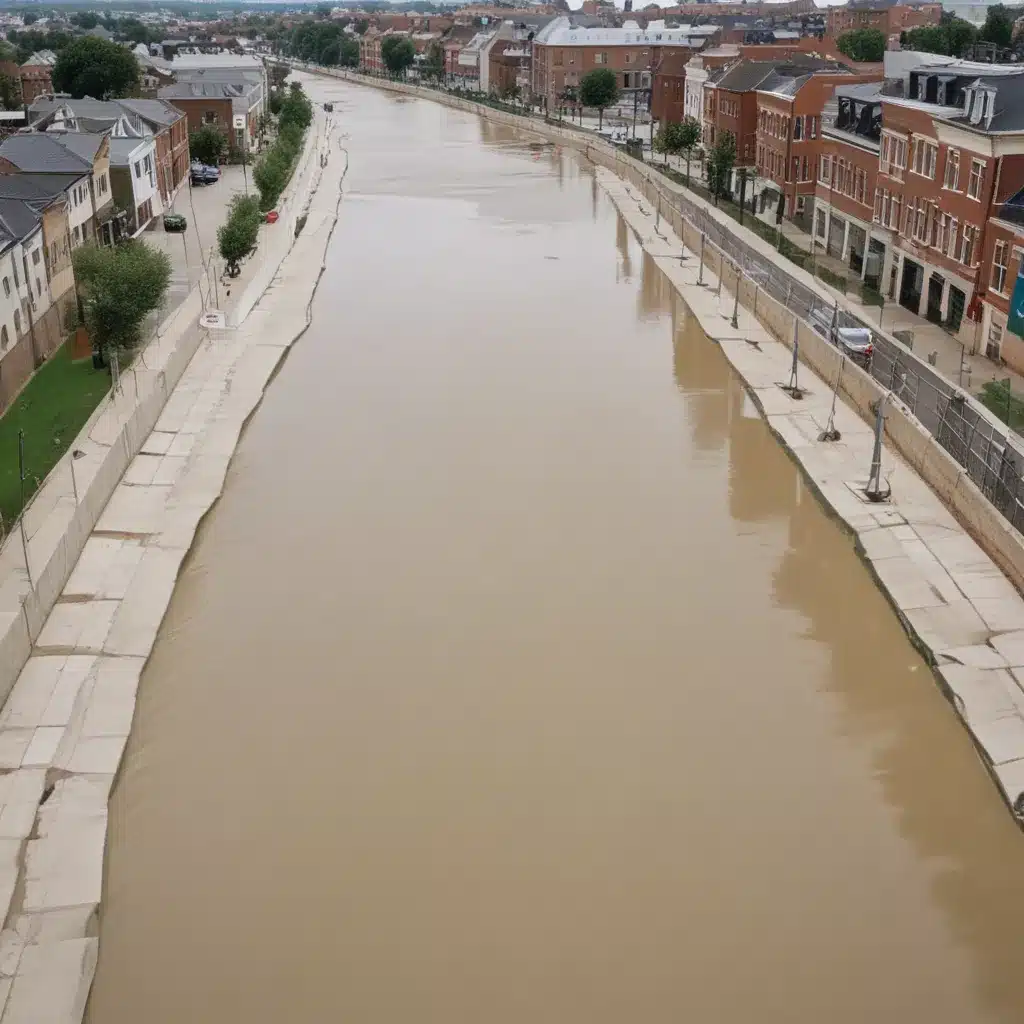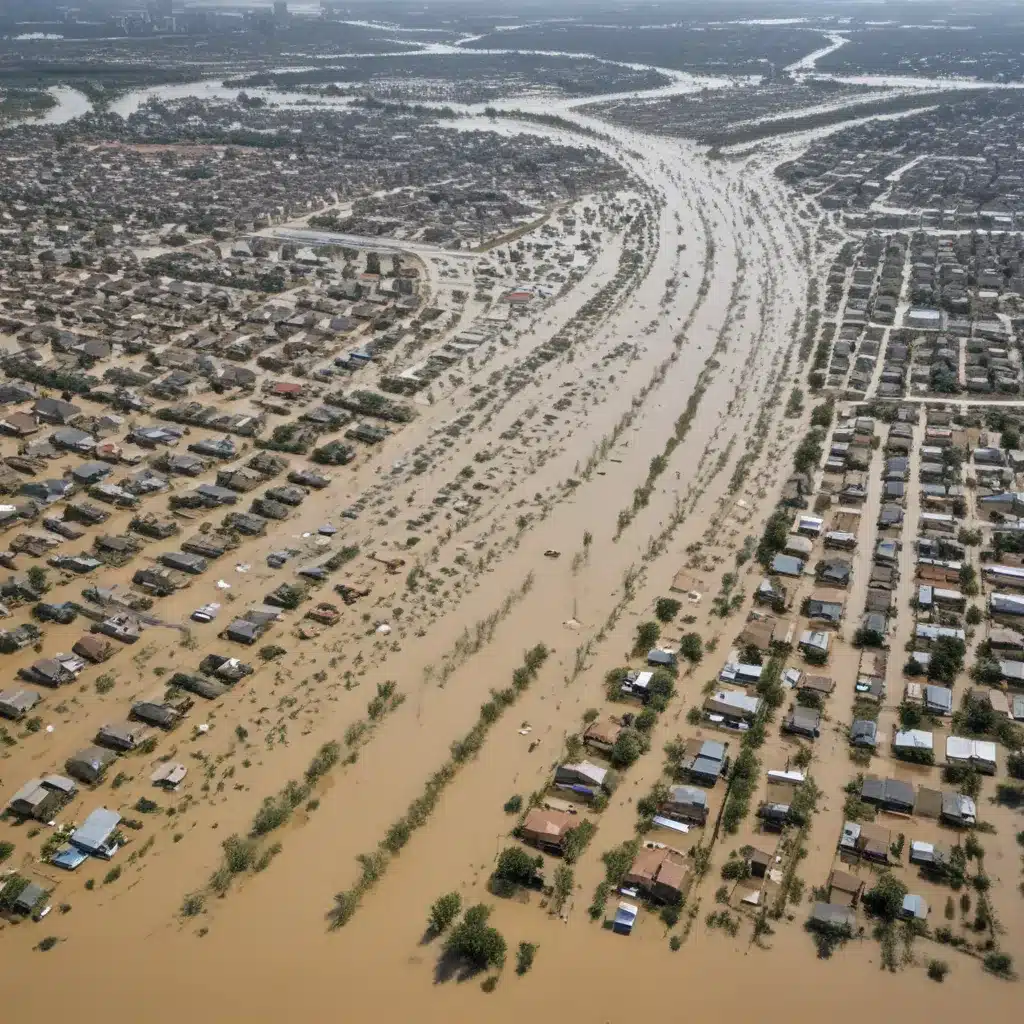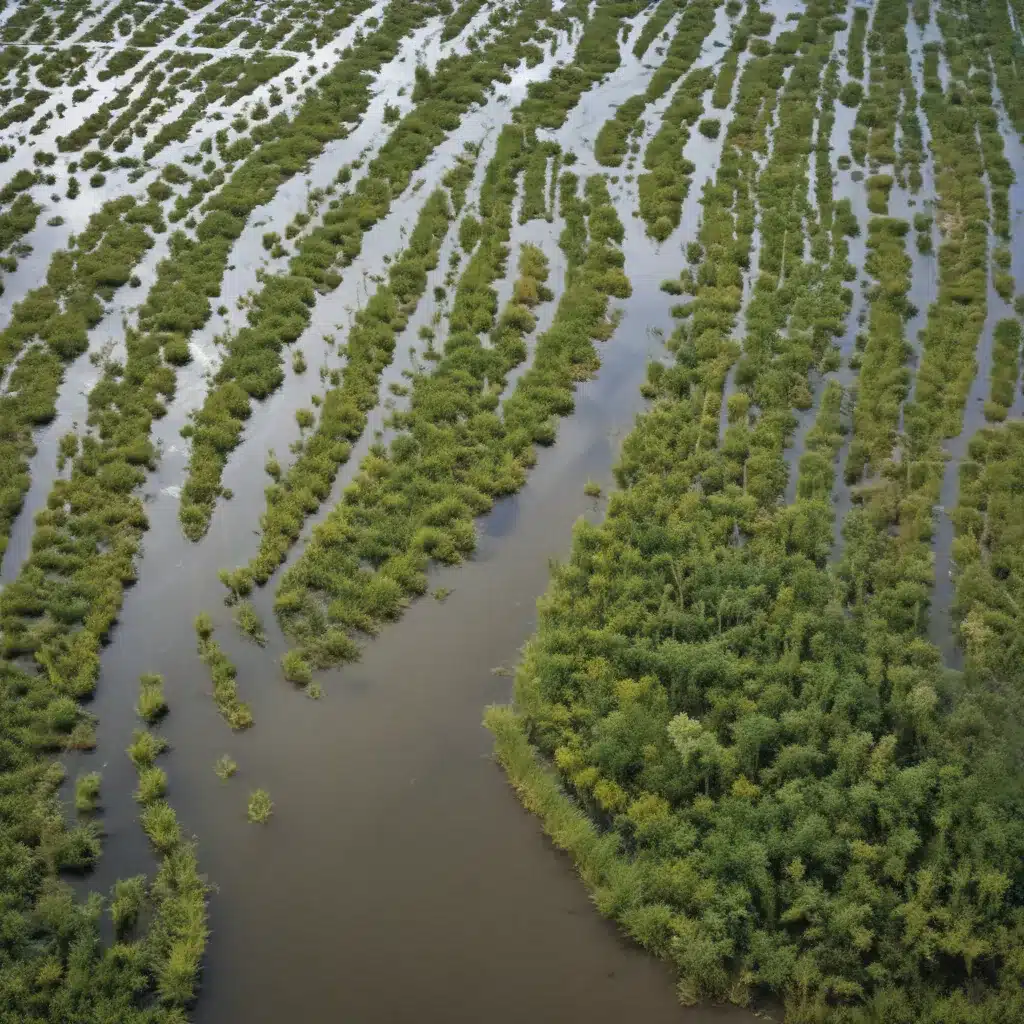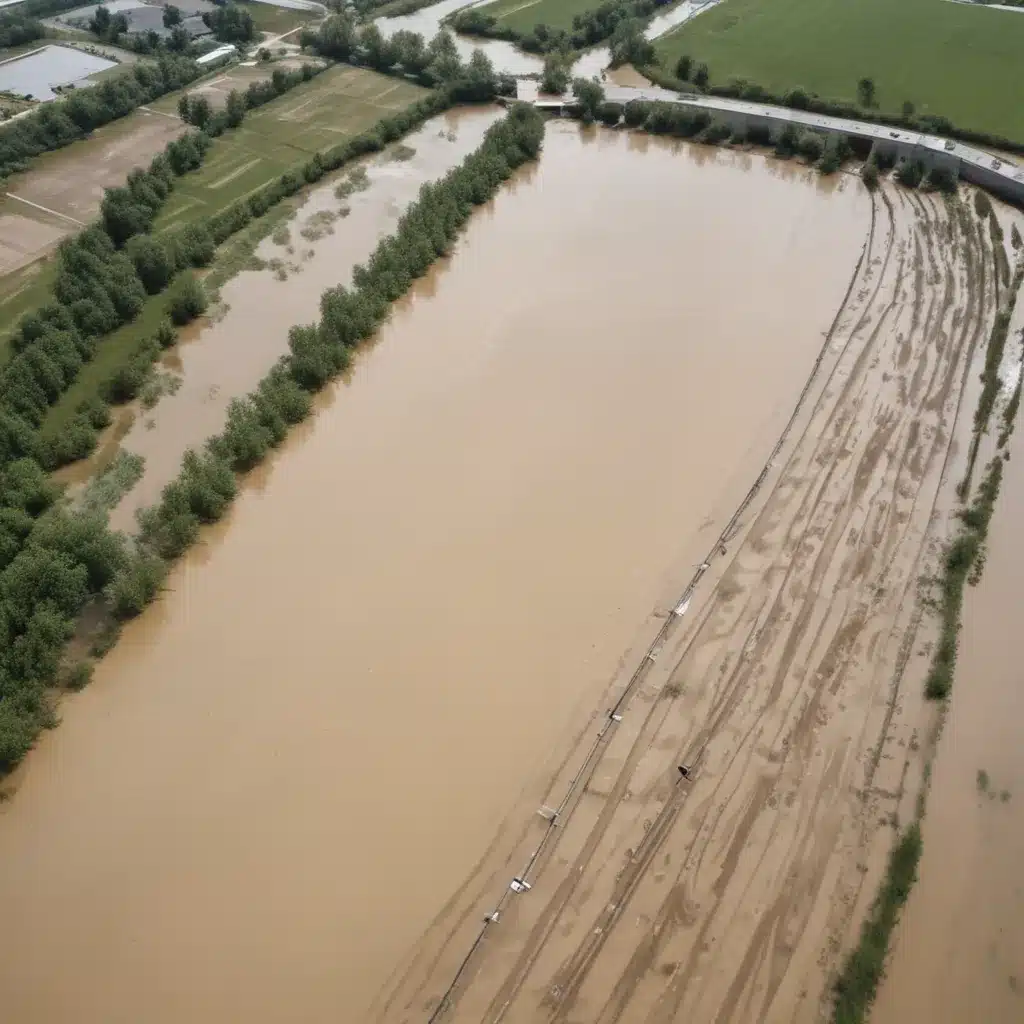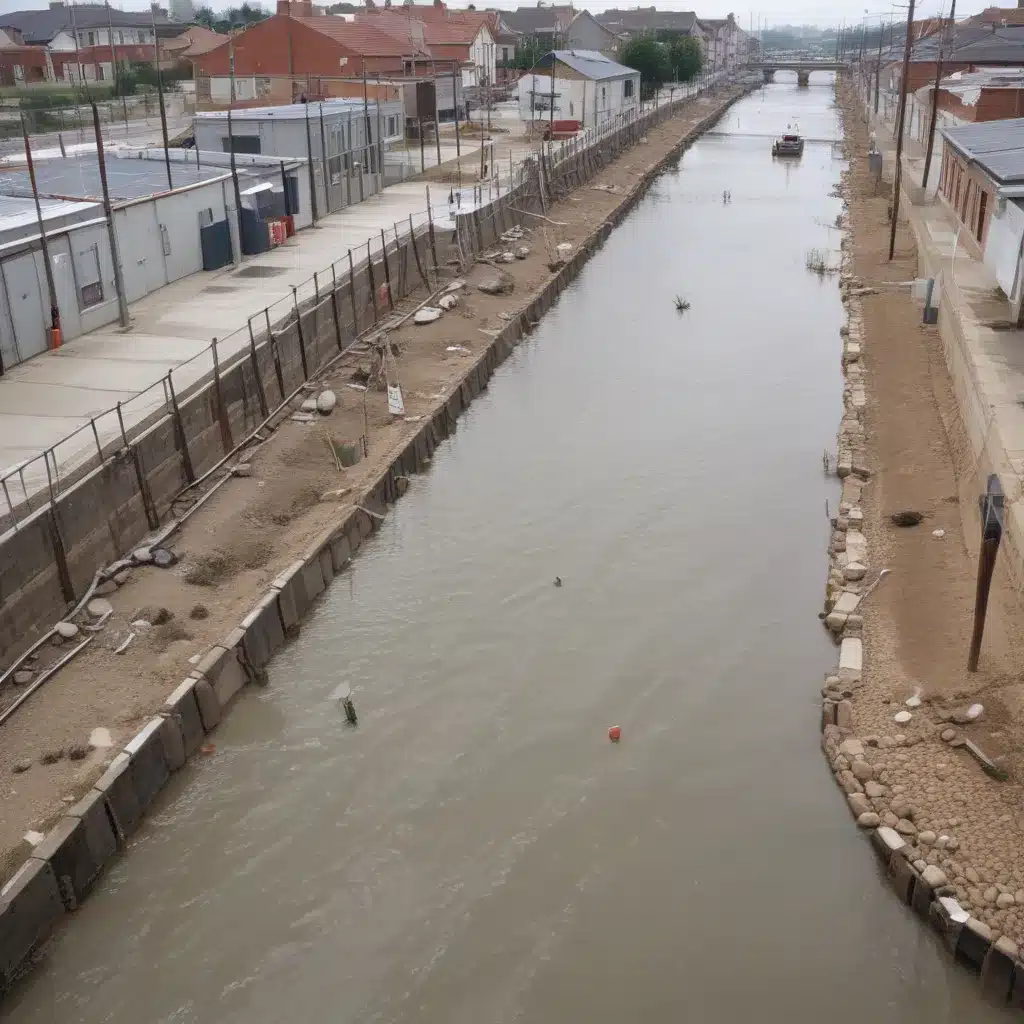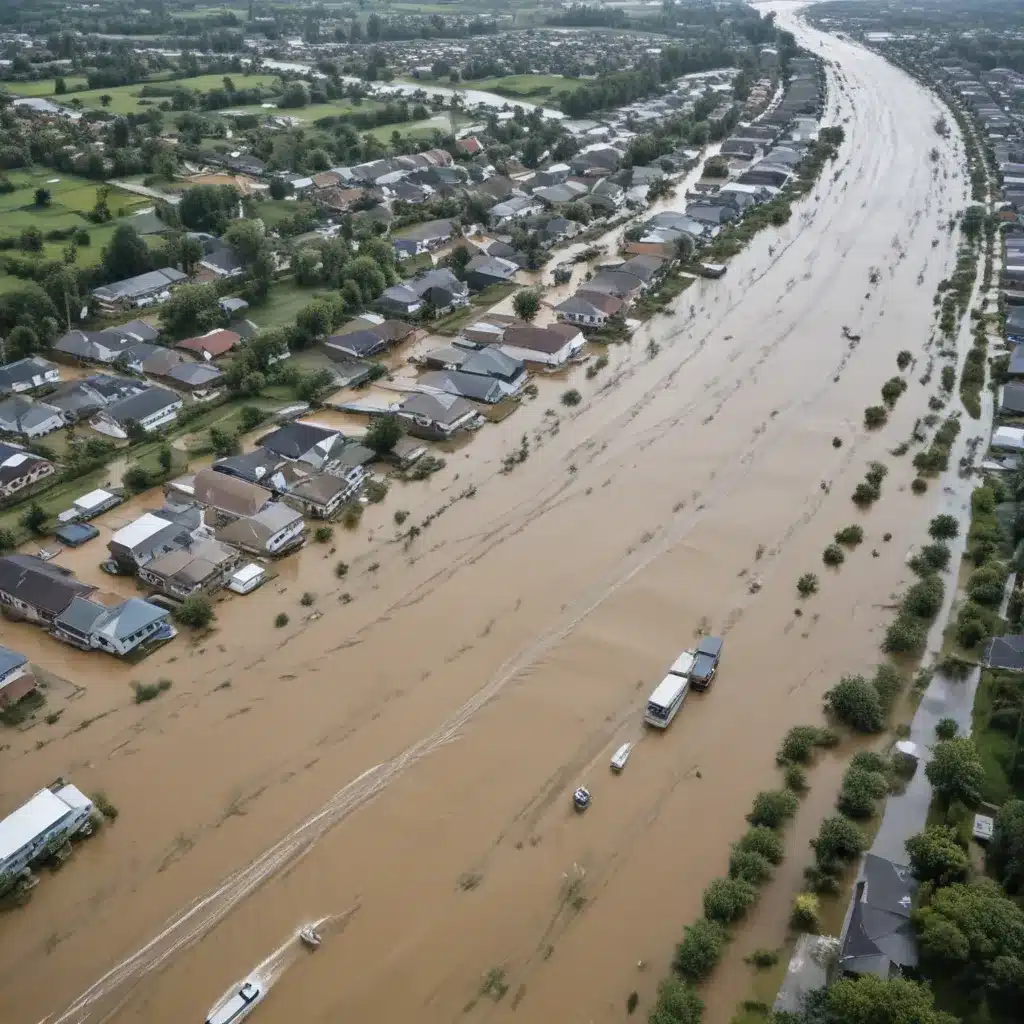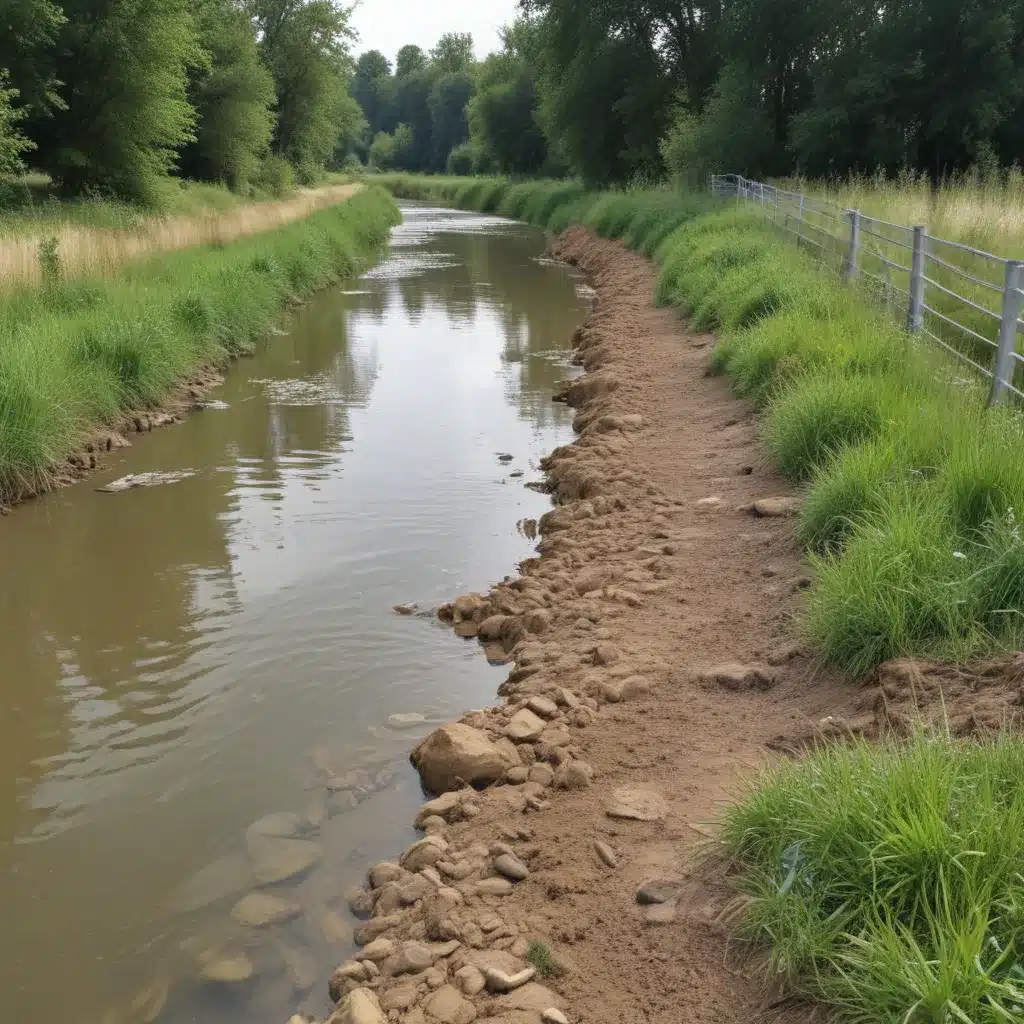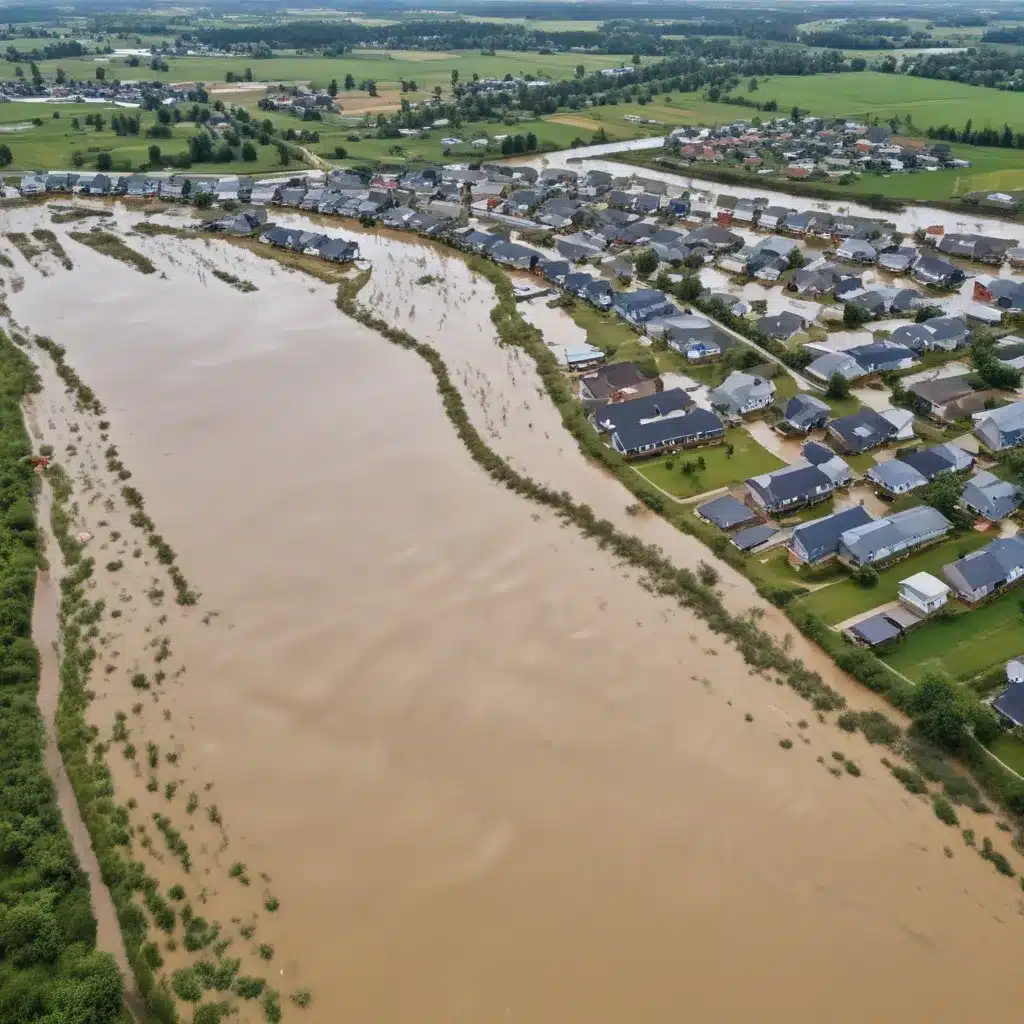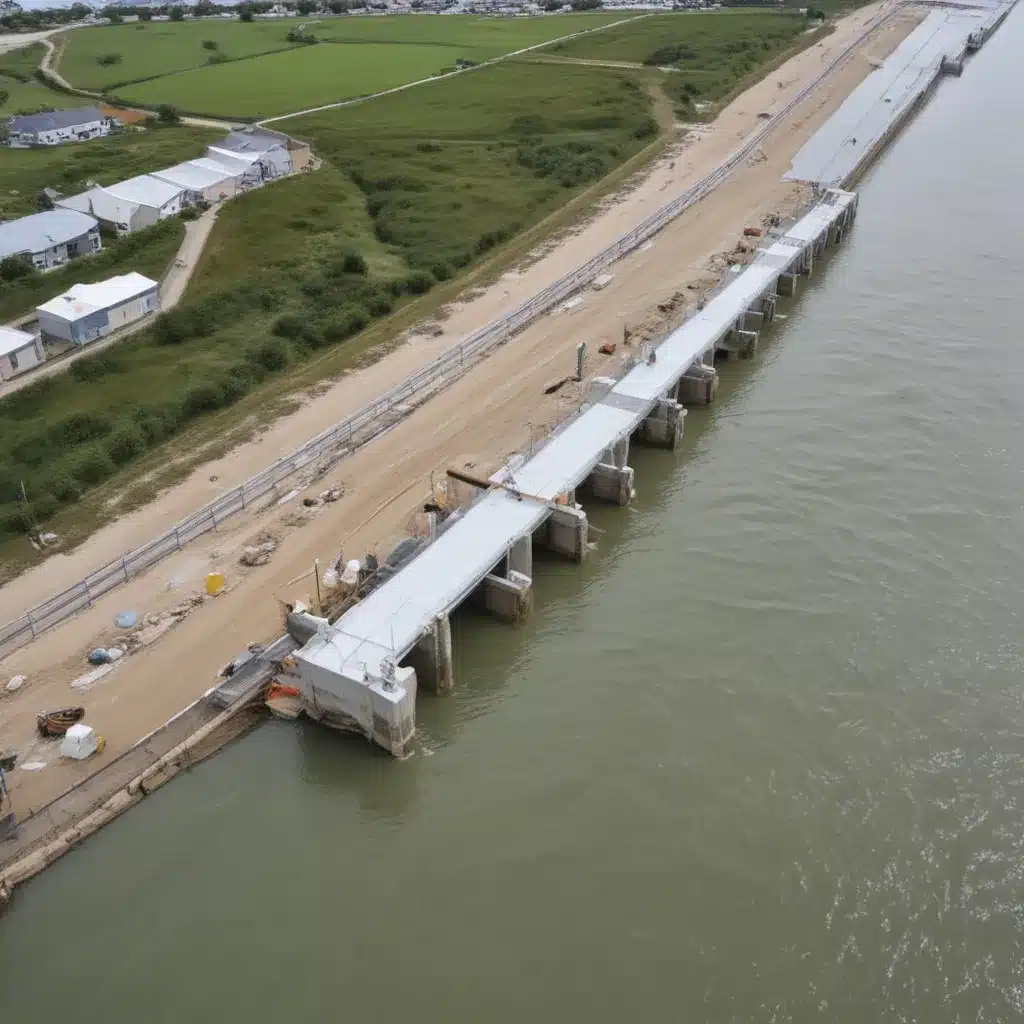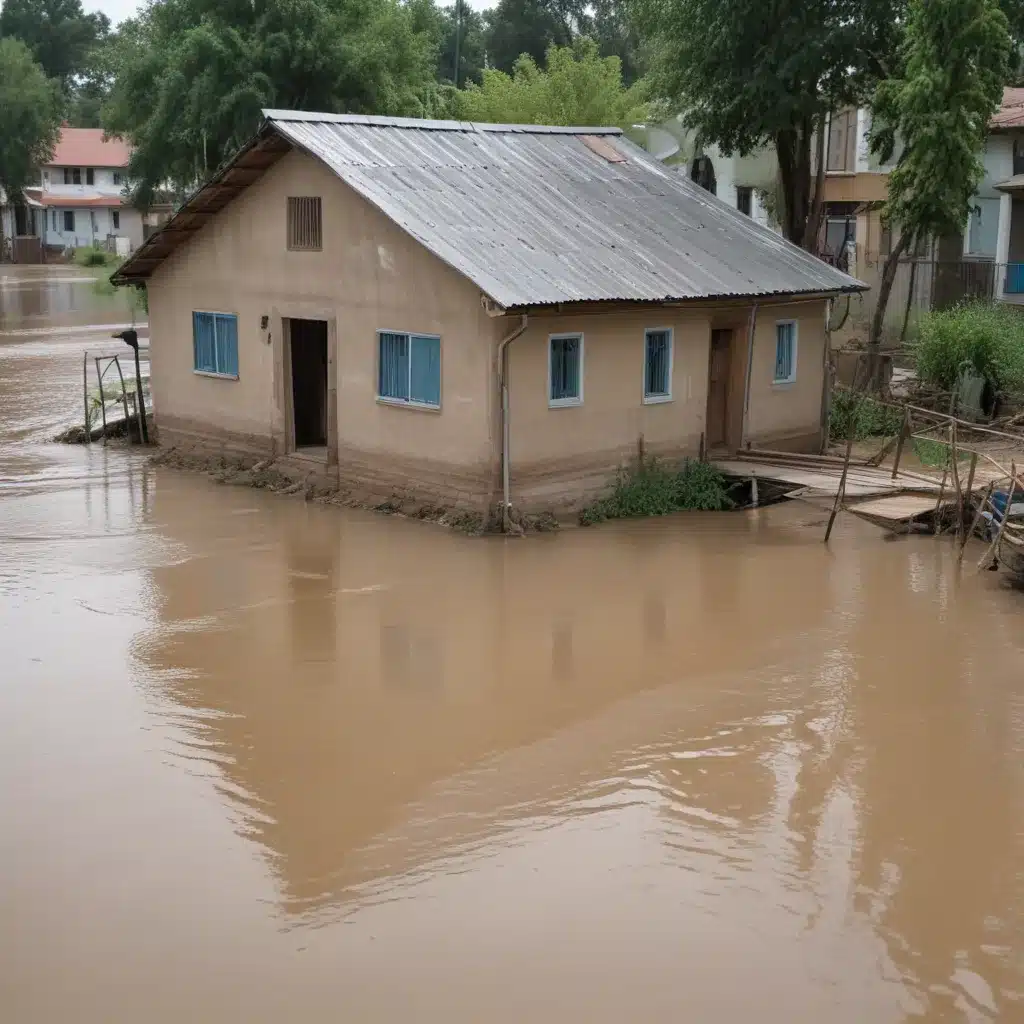In today’s rapidly changing world, preserving and managing our water resources has become a critical challenge. Rivers, as the lifelines of ecosystems and communities, require innovative approaches to ensure their sustainability. Hydrological modeling, a powerful tool in water resource management, plays a vital role in understanding and predicting the behavior of rivers. In this article, we will explore the latest advancements in hydrological modeling and its application in sustainable water resource management.
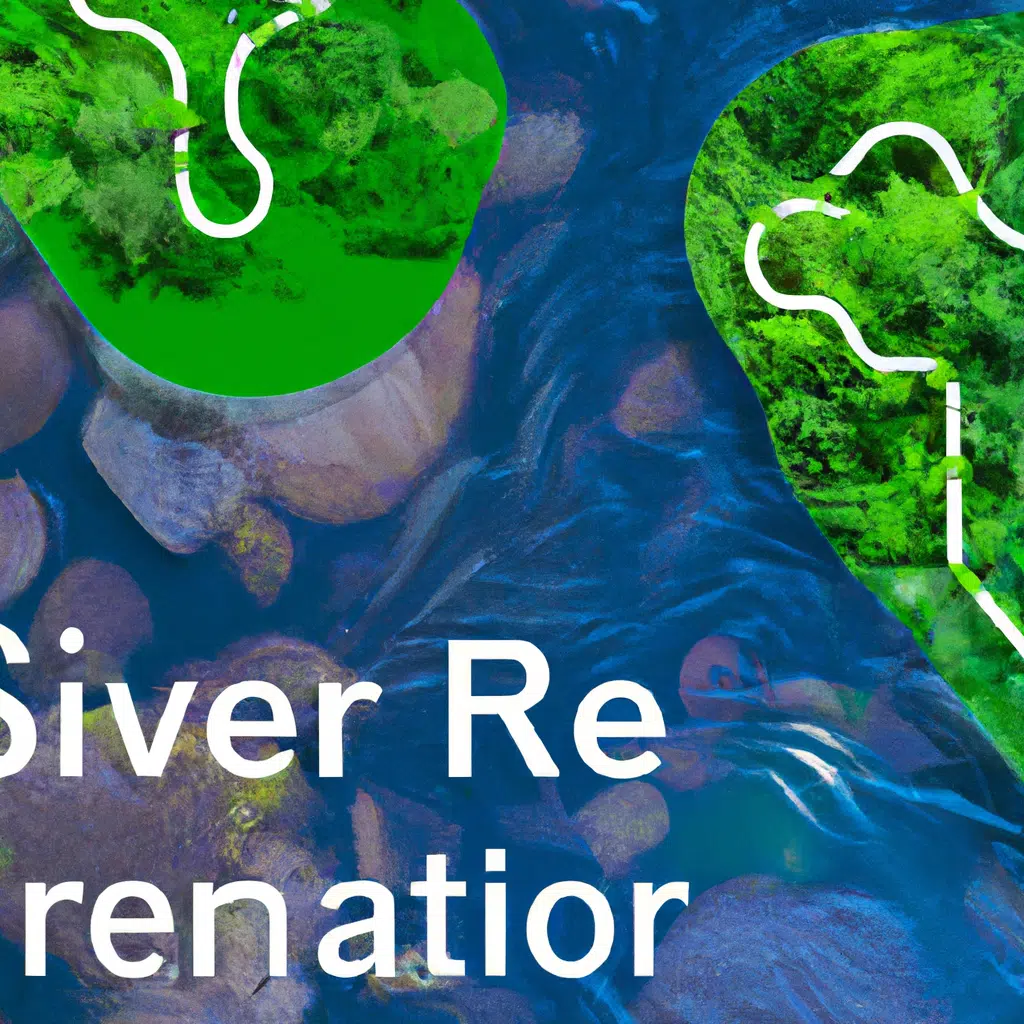
Understanding Hydrological Modeling
Hydrological modeling is a scientific process that simulates the movement and behavior of water within a river system. By analyzing various factors such as precipitation, evaporation, runoff, and infiltration, hydrological models provide valuable insights into the complex dynamics of rivers. These models allow us to assess water availability, predict flood events, evaluate water quality, and optimize water allocation strategies.
The Need for Innovative Approaches
Traditional methods of river management often fall short in addressing the challenges posed by climate change, population growth, and increasing water demand. To overcome these challenges, innovative approaches are required to develop more accurate and comprehensive hydrological models. By integrating advanced technologies and data-driven techniques, we can enhance our understanding of river systems and make informed decisions for sustainable water resource management.
Incorporating Remote Sensing and GIS
Remote sensing and Geographic Information Systems (GIS) have revolutionized hydrological modeling by providing high-resolution data on land cover, topography, and hydrological processes. These technologies enable us to accurately map river basins, identify vulnerable areas, and monitor changes over time. By integrating remote sensing data into hydrological models, we can improve the accuracy of predictions and effectively plan for future scenarios.
Utilizing Big Data and Machine Learning
The availability of vast amounts of data presents both a challenge and an opportunity in hydrological modeling. Big data analytics and machine learning algorithms can process and analyze massive datasets, uncovering hidden patterns and relationships. By leveraging these technologies, we can develop more robust and precise hydrological models, capable of capturing the complexities of river systems.
Embracing Ensemble Modeling
Ensemble modeling, a technique that combines multiple models and their predictions, offers a powerful approach to address uncertainties in hydrological modeling. By considering the outputs of multiple models, we can reduce the inherent uncertainties and enhance the reliability of predictions. This approach enables us to make more informed decisions regarding water allocation, flood management, and ecosystem protection.
Case Studies: Successful Application of Innovative Hydrological Modeling
Case Study 1: Sustainable Water Management in the Colorado River Basin
The Colorado River Basin faces numerous challenges, including drought, population growth, and competing water demands. To address these challenges, an innovative hydrological modeling approach was adopted. By integrating remote sensing data, GIS, and machine learning techniques, researchers developed a comprehensive model to assess water availability, predict future scenarios, and optimize water allocation strategies. This approach has facilitated sustainable water management, ensuring the long-term viability of the Colorado River Basin.
Case Study 2: Flood Prediction and Mitigation in the Mekong Delta
The Mekong Delta is prone to frequent and devastating floods, impacting millions of people and their livelihoods. To enhance flood prediction and mitigation efforts, hydrological modeling techniques were employed. By utilizing ensemble modeling and incorporating real-time data from monitoring stations, researchers developed a robust flood forecasting model. This model has significantly improved the lead time for flood warnings, allowing authorities to implement timely evacuation plans and mitigate the adverse effects of flooding.
Conclusion
Innovative hydrological modeling approaches are essential for sustainable water resource management and the preservation of our rivers. By incorporating remote sensing, GIS, big data analytics, machine learning, and ensemble modeling, we can develop comprehensive and accurate models that enable informed decision-making. These models help us understand the behavior of rivers, predict future scenarios, and optimize water allocation strategies. Through the successful application of innovative hydrological modeling, we can work towards a future where our rivers thrive, ecosystems flourish, and communities have access to clean and abundant water resources.

